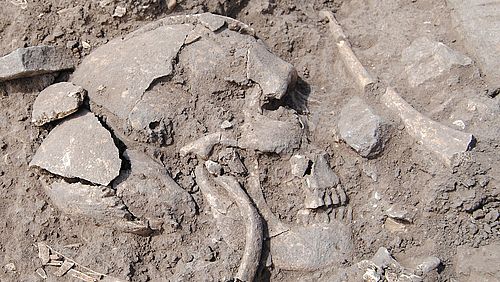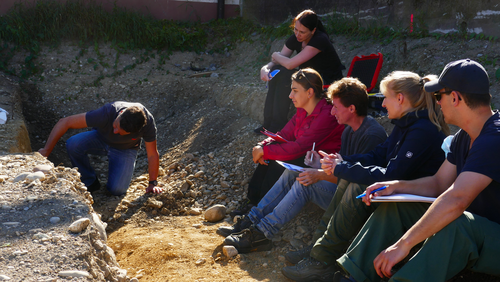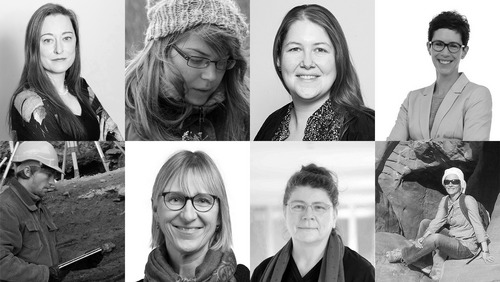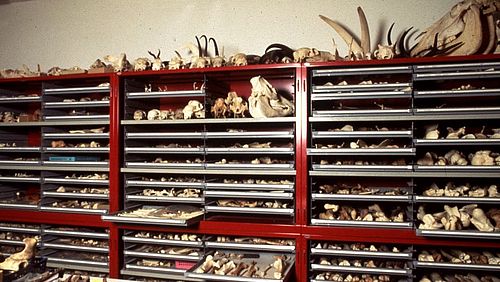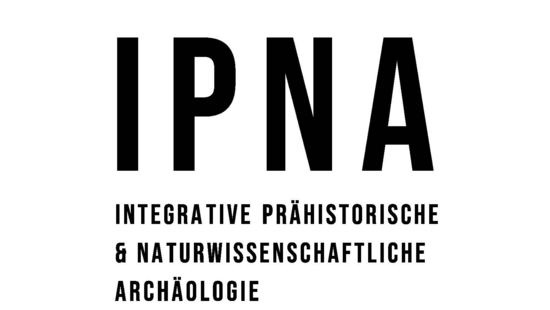
Prof. Dr. Dr. Verena Schünemann
Die Integrative Prähistorische und Naturwissenschaftliche Archäologie (IPNA) ist ein für die Schweiz einzigartiger Zusammenschluss von geistes- und naturwissenschaftlichen Forschungsbereichen und Lehrangeboten der Archäologie unter einem Dach.
Universität Basel
Departement Umweltwissenschaften
Integrative Prähistorische und Naturwissenschaftliche Archäologie (IPNA)
Spalenring 145
4055 Basel
Tel: +41 (0)61 207 42 00
E-Mail senden
Kontakt & Anfahrt
Team IPNA
Studienfachberatung PNA
Übersicht
Projekte & Kompetenzen
- Forschungsprojekte
- Forschungsschwerpunkte
- Methodische Kompetenzen
- (TBD)
Feld- & Laborarbeiten
- Probenentnahme im Feld
- Beratung rund um naturwissenschaftliche Analysen
- ... (TBD)
IPNAktiv
ALLEDUW auf Instagram
Quick Links
Social Media







